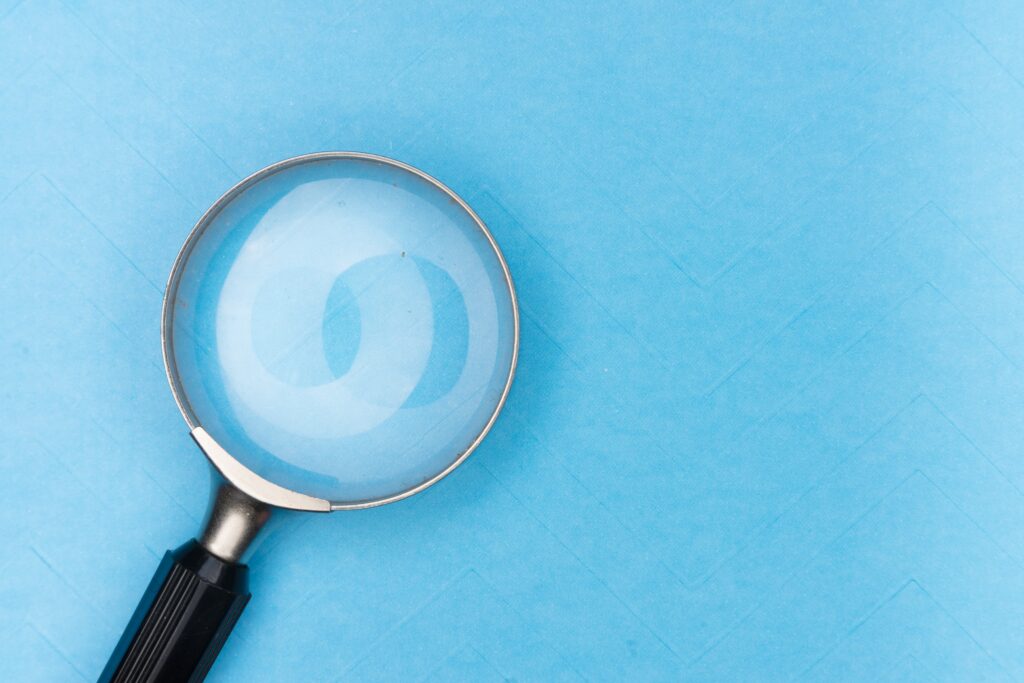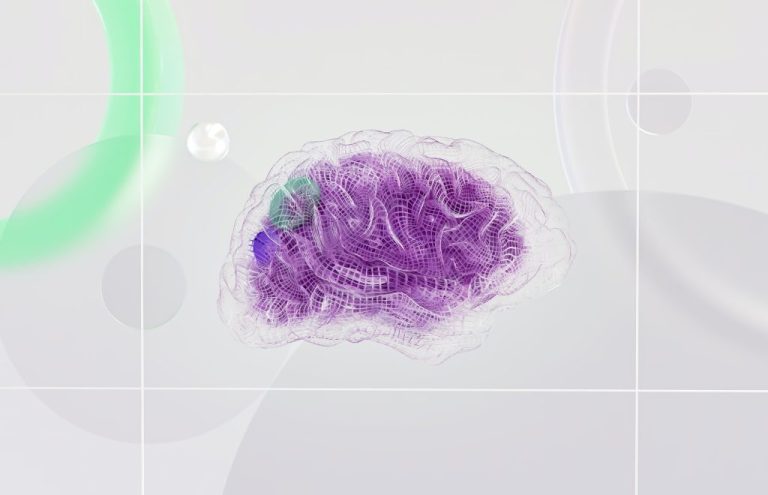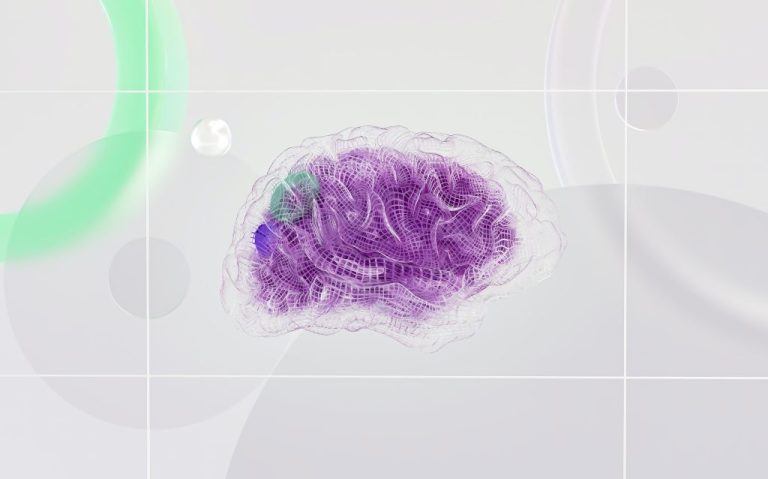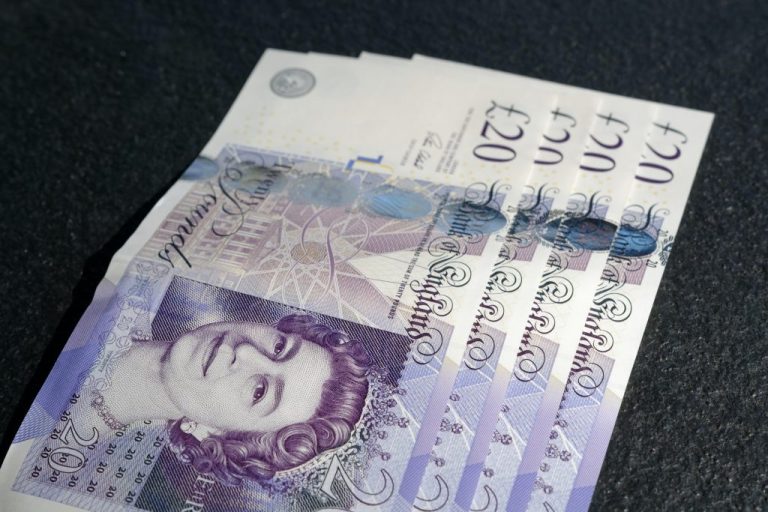Transforming Information Retrieval: The Impact of RAG Technology on Modern Search Innovations
How Information Retrieval is Being Revolutionized with RAG Technology
In today’s digital age, where information is generated at an astonishing rate, locating the right data can feel like wandering through a complex labyrinth. Traditional enterprise search engines, while robust, often overwhelm users with excessive results, complicating the task of distinguishing between what’s relevant and what’s not. However, a groundbreaking technology known as Retrieval-Augmented Generation (RAG) is set to redefine how we engage with data in business environments.
The internet, once a straightforward reservoir of knowledge, has now morphed into a complicated maze. Though conventional search engines boast substantial capabilities, they frequently inundate users with irrelevant data, making it tough to pinpoint what is genuinely needed. Technologies like OpenAI’s ChatGPT and others have shown great potential. Nonetheless, these systems may misfire, producing inaccurate information, failing to cite sources properly, and risking copyright violations, which presents challenges for business users. This highlights the need not just for access to information, but for the right information. Addressing these issues is where RAG comes into play.
Understanding RAG
So, what is RAG and how does it function? Essentially, RAG operates in a two-step manner:
- Retrieval: Before generating a response, the system searches a vast database, carefully selecting relevant documents or excerpts. This process goes beyond simple keyword matching; it understands the complex context behind a query. RAG systems rely on proprietary or licensed data from companies, ensuring that enterprise-level access controls are meticulously managed.
- Generation: With the relevant information retrieved, it serves as the foundation for crafting a coherent and contextually appropriate answer. This isn’t merely about repeating information; it’s about creating meaningful, informative responses.
By integrating these two key processes, RAG guarantees that the answers provided are not only accurate but also well-informed. It’s comparable to having a dedicated research team at your service, capable of exploring a vast collection of resources and delivering succinct, informative summaries.
Why RAG Matters
Leading platforms like Microsoft Copilot and federated search tools like Lucy have adopted RAG, marking significant advancements for several reasons:
- Efficiency: Traditional models often require extensive computational power when analyzing large datasets. RAG, through its segmented approach, enhances efficiency, even with intricate queries.
- Accuracy: By first pulling relevant data and subsequently generating answers based on that information, RAG ensures that responses are rooted in credible sources, boosting their reliability.
- Adaptability: RAG systems demonstrate high adaptability as they continuously incorporate new data into their databases, ensuring that generated answers remain current and pertinent.
RAG Platforms in Action
Imagine being a financial analyst looking for insights into market trends. Traditional research might demand hours or even days of sifting through reports and articles. Yet, with Lucy powered by RAG, you can simply ask your question. Behind the scenes, the RAG model activates, retrieving pertinent financial documents and quickly generating a comprehensive response—all within seconds.
Likewise, picture a student researching a historical occurrence. Instead of getting lost amid countless search results, they turn to Lucy, which efficiently utilizes RAG technology to offer precise information tailored to their inquiry.
RAG offers a succinct and well-informed solution that streamlines the research process and boosts efficiency. By feeding these responses into a complex data ecosystem, Lucy enhances tools like Microsoft Copilot, enabling the creation of fresh presentations or documents that utilize the vast institutional knowledge accumulated by organizations.
The Road Ahead
The diverse applications of RAG are vast, ranging across academia, industry, and everyday inquiries. This technology not only serves immediate needs but also reflects a significant evolution in how we engage with information. In an era saturated with data, effective tools like Microsoft Copilot and Lucy, powered by RAG, transition from being mere conveniences to essential resources.
Moreover, as technology continues its rapid advancement, we can expect increasingly sophisticated versions of the RAG model that will enhance accuracy, efficiency, and overall user experience. Aligning with platforms that have adopted RAG early on will enable organizations to stay ahead in the fast-changing digital landscape.
Conclusion
In the digital age, we encounter both challenges and opportunities. The overwhelming amount of information can be daunting, but technologies like Microsoft Copilot and Lucy, grounded in the principles of Retrieval-Augmented Generation, present an optimistic way forward. This illustrates the capability of technology not only to manage the flood of data but also to engage meaningfully with the extensive knowledge we have at our fingertips. These platforms represent a glimpse into the future of information retrieval.
The AI Blockchain: What Is It Really?
The term “AI blockchain” refers to the integration of artificial intelligence technologies with blockchain technology. This combination aims to enhance the capabilities of both fields, creating systems that are more secure, efficient, and capable of handling vast amounts of data. Through the lens of AI, blockchain applications can be significantly improved, offering smarter contracts and advanced data processing.
AI’s contribution to blockchain includes refining transaction verification processes and enhancing cybersecurity protocols. By applying machine learning algorithms, organizations can predict anomalies in the transaction flow, reduce fraud, and optimize resource management. Moreover, the decentralized nature of blockchain offers a robust framework where AI models can be trained on encrypted data without compromising user privacy.
As businesses increasingly seek technological advancements, exploring the synergy between AI and blockchain presents new opportunities for innovation. This pairing can lead to groundbreaking applications across various industries, such as finance, supply chain management, and healthcare, ultimately driving smarter and more resilient systems.
Artificial Intelligence
The AI blockchain: What is it really?
Apple and Artificial Intelligence Development
Apple has recently opened its core AI model to developers amid a carefully measured strategy showcased at the WWDC.
Legal Concerns in AI Development
Reddit has initiated legal action against Anthropic, alleging that the company used user data for AI training without consent.
Stay Updated
Receive all our premium content and the latest tech news directly in your inbox.
Explore Topics
- Applications
- Companies
- Deep & Reinforcement Learning
- Enterprise
- Ethics & Society
- Industries
- Legislation & Government
- Machine Learning
- Privacy
- Research
- Robotics
- Security
- Surveillance
The Indian Ocean Territory comprises a variety of countries and islands, showcasing the diversity found across this region. Some notable locations include:
– **Brunei Darussalam**
– **Bulgaria**
– **Burkina Faso**
– **Burundi**
– **Cambodia**
– **Cameroon**
– **Canada**
– **Cape Verde**
– **Cayman Islands**
– **Central African Republic**
– **Chad**
– **Chile**
– **China**
– **Christmas Island**
– **Cocos Islands**
– **Colombia**
– **Comoros**
– **Congo**
– **Congo, Democratic Republic of the**
– **Cook Islands**
– **Costa Rica**
– **Croatia**
– **Cuba**
– **Curaçao**
– **Cyprus**
– **Czechia**
– **Côte d’Ivoire**
– **Denmark**
– **Djibouti**
– **Dominica**
– **Dominican Republic**
– **Ecuador**
– **Egypt**
– **El Salvador**
– **Equatorial Guinea**
– **Eritrea**
– **Estonia**
– **Eswatini**
– **Ethiopia**
– **Falkland Islands**
– **Faroe Islands**
– **Fiji**
– **Finland**
– **France**
– **French Guiana**
– **French Polynesia**
– **French Southern Territories**
– **Gabon**
– **Gambia**
– **Georgia**
– **Germany**
– **Ghana**
– **Gibraltar**
– **Greece**
– **Greenland**
– **Grenada**
– **Guadeloupe**
– **Guam**
– **Guatemala**
– **Guernsey**
– **Guinea**
– **Guinea-Bissau**
– **Guyana**
– **Haiti**
– **Heard Island and McDonald Islands**
– **Holy See**
– **Honduras**
– **Hong Kong**
– **Hungary**
– **Iceland**
– **India**
– **Indonesia**
– **Iran**
– **Iraq**
– **Ireland**
– **Isle of Man**
– **Israel**
– **Italy**
– **Jamaica**
– **Japan**
– **Jersey**
– **Jordan**
– **Kazakhstan**
– **Kenya**
– **Kiribati**
– **Korea, Democratic People’s Republic of**
– **Korea, Republic of**
– **Kuwait**
– **Kyrgyzstan**
– **Lao People’s Democratic Republic**
– **Latvia**
– **Lebanon**
– **Lesotho**
– **Liberia**
– **Libya**
– **Liechtenstein**
– **Lithuania**
– **Luxembourg**
– **Macao**
– **Madagascar**
– **Malawi**
– **Malaysia**
– **Maldives**
– **Mali**
– **Malta**
– **Marshall Islands**
– **Martinique**
– **Mauritania**
– **Mauritius**
– **Mayotte**
– **Mexico**
– **Micronesia**
– **Moldova**
– **Monaco**
– **Mongolia**
– **Montenegro**
– **Montserrat**
– **Morocco**
– **Mozambique**
– **Myanmar**
– **Namibia**
– **Nauru**
– **Nepal**
– **Netherlands**
– **New Caledonia**
– **New Zealand**
– **Nicaragua**
– **Niger**
– **Nigeria**
– **Niue**
– **Norfolk Island**
– **North Macedonia**
– **Northern Mariana Islands**
– **Norway**
– **Oman**
– **Pakistan**
– **Palau**
– **Palestine, State of**
– **Panama**
– **Papua New Guinea**
– **Paraguay**
– **Peru**
– **Philippines**
– **Pitcairn**
– **Poland**
– **Portugal**
– **Puerto Rico**
– **Qatar**
– **Romania**
– **Russian Federation**
– **Rwanda**
– **Réunion**
– **Saint Barthélemy**
– **Saint Helena, Ascension and Tristan da Cunha**
– **Saint Kitts and Nevis**
– **Saint Lucia**
– **Saint Martin**
– **Saint Pierre and Miquelon**
– **Saint Vincent and the Grenadines**
– **Samoa**
– **San Marino**
– **Sao Tome and Principe**
– **Saudi Arabia**
– **Senegal**
– **Serbia**
– **Seychelles**
– **Sierra Leone**
– **Singapore**
– **Sint Maarten**
– **Slovakia**
– **Slovenia**
– **Solomon Islands**
– **Somalia**
– **South Africa**
– **South Georgia and the South Sandwich Islands**
– **South Sudan**
– **Spain**
– **Sri Lanka**
– **Sudan**
– **Suriname**
– **Svalbard and Jan Mayen**
– **Sweden**
– **Switzerland**
– **Syria Arab Republic**
– **Taiwan**
– **Tajikistan**
– **Tanzania, the United Republic of**
– **Thailand**
– **Timor-Leste**
– **Togo**
– **Tokelau**
– **Tonga**
– **Trinidad and Tobago**
– **Tunisia**
– **Turkmenistan**
– **Turks and Caicos Islands**
– **Tuvalu**
– **Türkiye**
– **US Minor Outlying Islands**
– **Uganda**
– **Ukraine**
– **United Arab Emirates**
– **United Kingdom**
– **United States**
– **Uruguay**
– **Uzbekistan**
– **Vanuatu**
– **Venezuela**
– **Viet Nam**
– **Virgin Islands, British**
– **Virgin Islands, U.S.**
– **Wallis and Futuna**
– **Western Sahara**
– **Yemen**
– **Zambia**
– **Zimbabwe**
– **Åland Islands**







